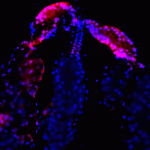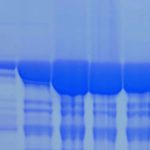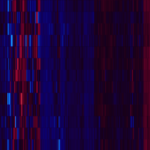Lien vers Pubmed [PMID] – 34282461
Lien vers HAL – pasteur-03657087
Lien DOI – 10.1093/infdis/jiab375
J Infect Dis 2021 Nov; 224(9): 1489-1499
Infection with severe acute respiratory syndrome coronavirus 2 (SARS-CoV-2) induces a complex antibody response that varies by orders of magnitude between individuals and over time.We developed a multiplex serological test for measuring antibodies to 5 SARS-CoV-2 antigens and the spike proteins of seasonal coronaviruses. We measured antibody responses in cohorts of hospitalized patients and healthcare workers followed for up to 11 months after symptoms. A mathematical model of antibody kinetics was used to quantify the duration of antibody responses. Antibody response data were used to train algorithms for estimating time since infection.One year after symptoms, we estimate that 36% (95% range, 11%-94%) of anti-Spike immunoglobulin G (IgG) remains, 31% (95% range, 9%-89%) anti-RBD IgG remains, and 7% (1%-31%) of anti-nucleocapsid IgG remains. The multiplex assay classified previous infections into time intervals of 0-3 months, 3-6 months, and 6-12 months. This method was validated using data from a seroprevalence survey in France, demonstrating that historical SARS-CoV-2 transmission can be reconstructed using samples from a single survey.In addition to diagnosing previous SARS-CoV-2 infection, multiplex serological assays can estimate the time since infection, which can be used to reconstruct past epidemics.



















